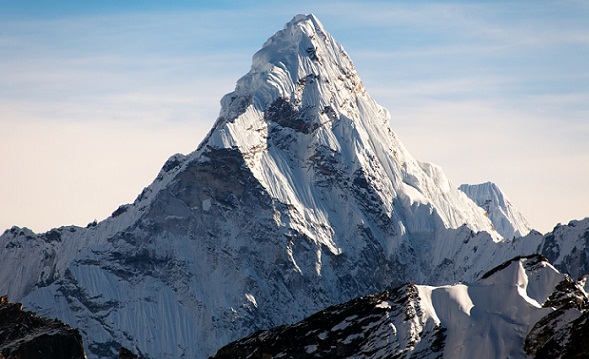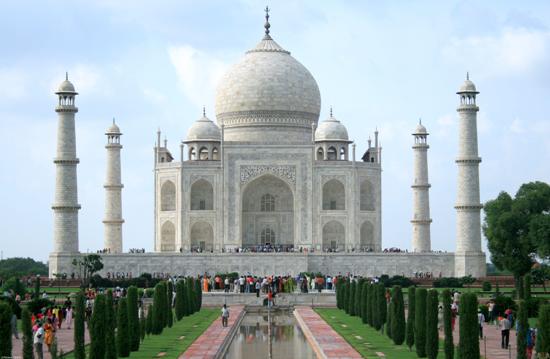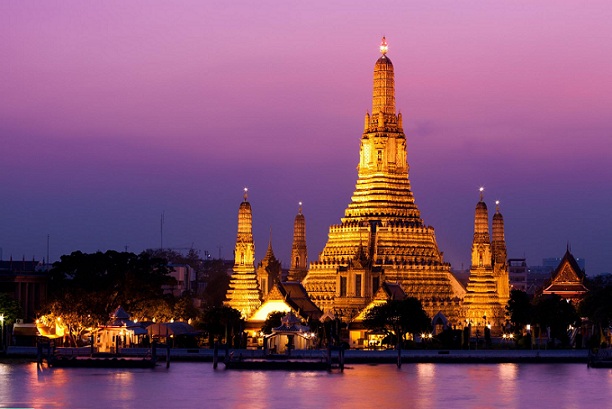9 Best Himalayan Mountains Facts All At One Place Get Awed!
7. Naming Mount Everest:

The Nepalese local name for the Himalayas is ‘Samgarmatha’ meaning Goddess of the Universe’ or ‘Forehead of the Sky’.The Tibetans their own – ‘Chomolungma’. Finally, Mount Everest was named by Sir Andrew Waugh in honor of his predecessor, Colonel Sir George Everest, who was a Welsh Surveyor General of India in the early-to-mid-nineteenth century.
8. Sovereign in Nepal:

Nepal is almost wholly covered by the Himalayas, that occupy nearly 3/4ths of the country. Among the 15 highest peaks in the world, Nepal contains 9 of them that exceed 6,000 meters in height.
9. The Great Himalayas:

The Great Himalayas are being referred to as the highest zone in the Himalayas. It is one of the most inaccessible areas in the world due to its extensive line of snow peaks and awe-inspiring height that is over the 20,000 feet mark!
Frequently Asked Questions and Answers:
1. What is the importance of Himalayas?
The Himalayas help in containing rainfall in the Indian subcontinent, and this makes the area a bit humid. This climate is exceptionally suitable for various kinds of life forms there!
2. What is the Himalayas temperature like in this day?
The climate of the Himalayas ranges from a tropical environment to alpine climate. The climate of the Himalayas is largely influenced by the Indian monsoon which visits the Himalayas from mid-June to the end of September. The eastern end of the Himalayas and the western Himalayas, tend to become drier and drier for the less effect of the monsoon. The southern side of the mountain has green and humid climate whereas the northern side is much warmer and dryer due to the lack of rain in comparison.
3. What are some of the prominent physical features of the Himalayas?
Fourteen peaks exceed 8000 meters in height in the Himalaya Ranges.
These are:
















